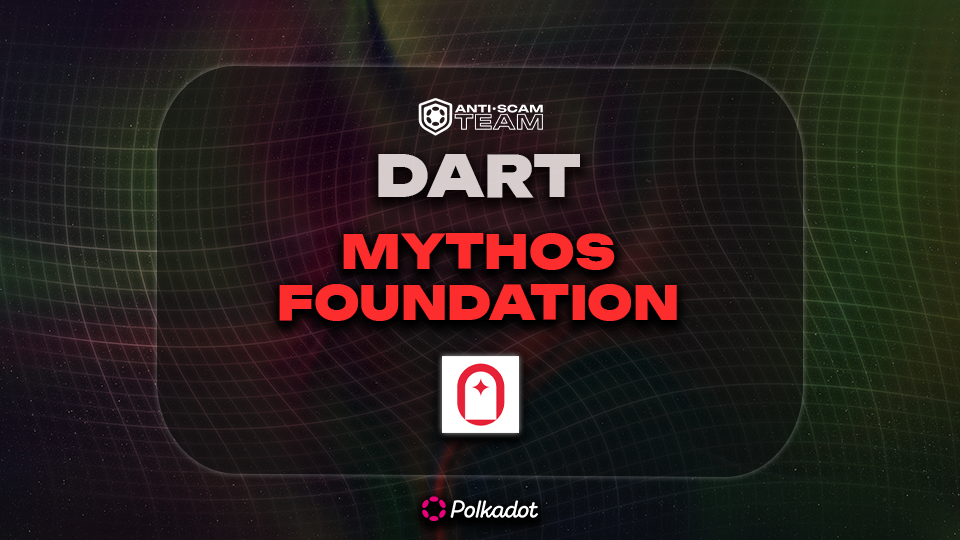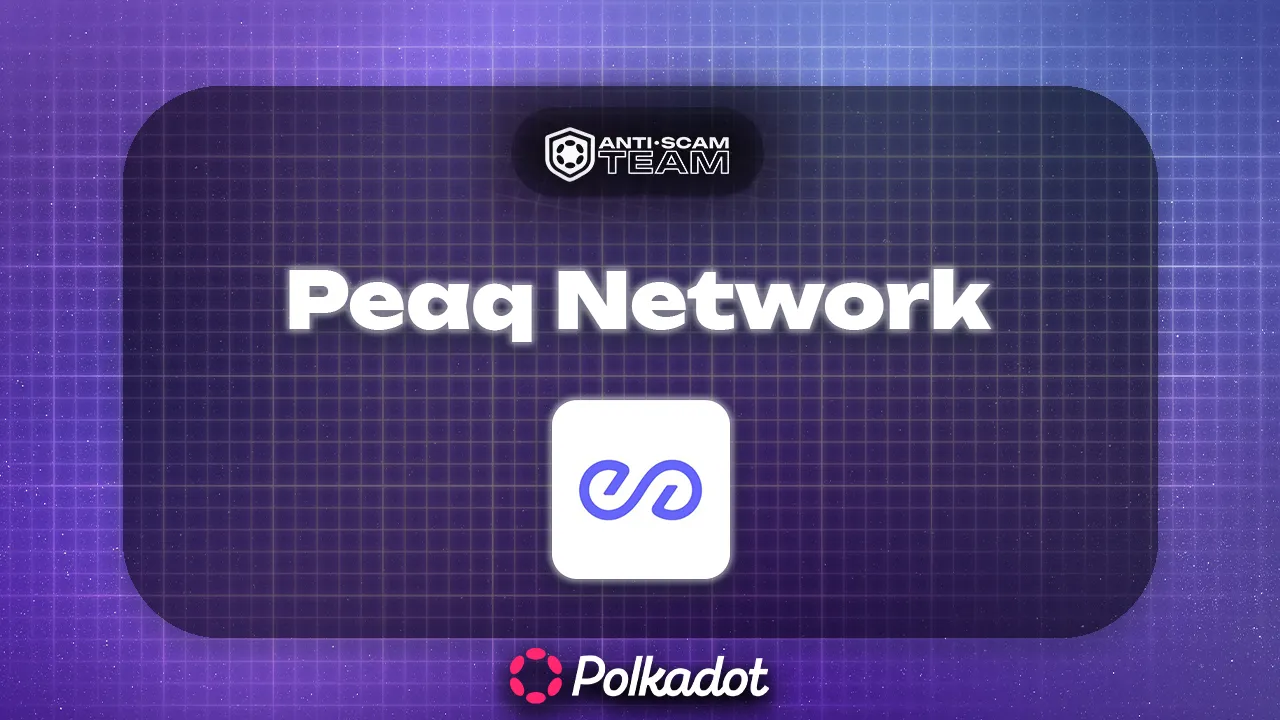This case study explores the various dimensions of Ceres, evaluating its team composition, code quality, community engagement, and overall business model through the lens of the Digital Assets Risk and Trustworthiness Assessment (DART) methodology. The findings highlight both the strengths and potential areas of improvement for the Ceres project, providing a comprehensive view of its current standing and future prospects.
Read the full DART document about CERES.
CERES Project Overview
Ceres operates as a DeFi service provider within the Sora ecosystem, a platform that is part of the broader Polkadot network. The project offers a suite of decentralized applications (dApps), including a Launchpad platform, Liquidity Locker, and Token Locker. These services are designed to provide secure and transparent tools for new projects launching on the Sora network, positioning Ceres as a crucial infrastructure provider within the DotSama ecosystem.
CERES Team Composition
The leadership of Ceres is anchored by Filip Jovanović, Co-Founder and CEO, who brings a background in telecommunications engineering and web3 entrepreneurship. Alongside him, Danijel Radulović serves as the Co-Founder and CTO, leveraging his expertise in software engineering and blockchain technology. The team also includes individuals with specialized skills in frontend and mobile development, smart contract development, and blockchain engineering.
However, the case study points out a potential concern regarding the transparency of the team. Not all members have detailed information, such as bios or social media links, available on the project’s official website. This lack of visibility could impact the level of trust and verifiability associated with the project. Furthermore, the presence of recently hired team members suggests ongoing development efforts, which may mitigate some concerns but also underscores the importance of maintaining transparency.
CERES Code Quality and GitHub Activity
Ceres maintains an open-source status, with its repositories publicly accessible on GitHub. This transparency is a positive aspect, allowing the community to review and contribute to the project’s development. However, the case study notes that the level of activity on GitHub is relatively low, with only six repositories and few contributors. The commit frequency is also minimal, excluding those related to funding and grants, which may suggest limited ongoing development.
Despite these challenges, the quality of the project’s documentation is commendable. The use of modern programming languages such as JavaScript, TypeScript, and Rust reflects adherence to accepted software development practices. Nonetheless, increasing the frequency and visibility of updates on GitHub could bolster confidence among users and investors, showcasing a more active and engaged development process.
CERES Social Media and Community Engagement
Ceres has established a presence on several social media platforms, including X (formerly Twitter) and Telegram, where it has garnered a moderate following. On X, the project has over 5,000 followers, and its posts consistently receive a notable level of engagement. Similarly, the Telegram group, with approximately 2,000 members, is actively managed by admins who regularly interact with the community, providing a positive environment for discussion and support.
However, the case study identifies some risks associated with Ceres’ social media strategy. The project currently lacks an official presence on major platforms such as Reddit, Facebook, and Instagram. This absence could lead to the creation of unofficial accounts, potentially exposing the community to misinformation or fraud. Expanding its social media reach could help Ceres build a broader and more engaged community while protecting its brand from potential risks.
CERES Business Model
Ceres’ business model is built on a robust framework that integrates essential DeFi tools with community-driven governance. The platform’s offerings, such as the Launchpad, Liquidity Locker, and Token Locker, provide valuable services to new projects within the DotSama ecosystem. These tools enhance security and transparency, which are critical in the DeFi space.
The governance model of Ceres empowers token holders, allowing them to influence the direction of the project. This democratic approach fosters user engagement and trust, contributing to the overall appeal of the platform. Additionally, the project’s roadmap outlines clear milestones, such as the introduction of new farming pairs and additional features on Ceres Tools, which could drive further user adoption and revenue growth.
While the business model is promising, the success of Ceres will largely depend on its ability to execute its strategies and maintain community involvement. The project’s transparent tokenomics and phased development strategy suggest thoughtful financial planning, but continued delivery on promises and the attraction of a growing user base will be crucial for achieving long-term sustainability and profitability.
CERES Conclusion and Recommendations
Ceres presents a compelling case as a DeFi service provider within the DotSama ecosystem. The project benefits from a capable and experienced team, a well-defined business model, and a commitment to security and transparency. However, the case study highlights areas where Ceres could improve, particularly in terms of increasing GitHub activity and expanding its social media presence to better engage with the community.
Ceres falls into the moderate-risk category, reflecting its solid foundation and exciting potential, tempered by the need for further development and community growth. As with any project in the rapidly evolving blockchain space, it is essential for users and investors to stay informed about the latest developments and perform their own research.
In summary, Ceres has the potential to make a significant impact within the DotSama ecosystem. By addressing the identified challenges and building on its strengths, Ceres can further solidify its position as a trusted provider of DeFi services, ultimately contributing to the growth and maturation of the broader blockchain industry.




